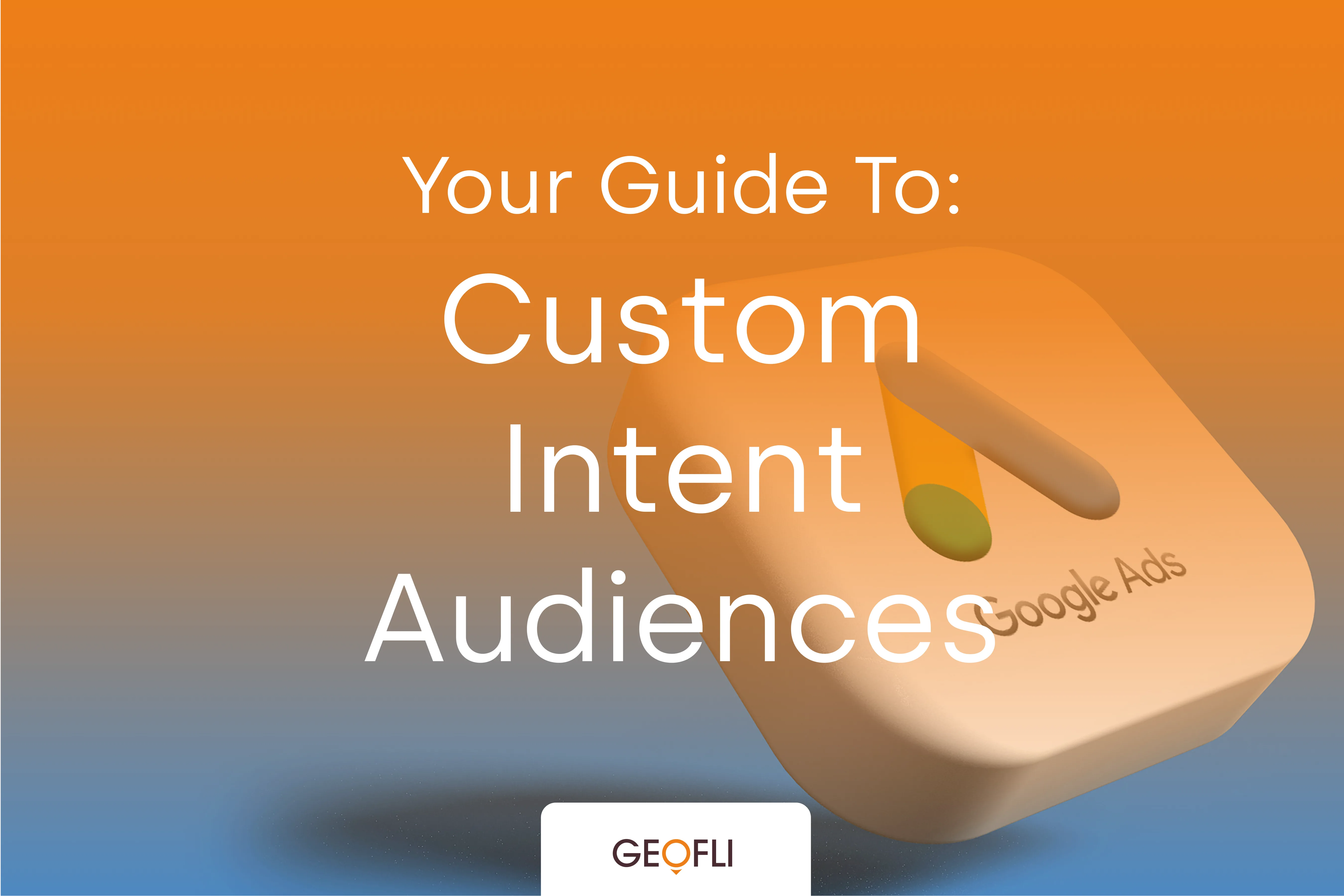
Custom Intent Audiences: Everything You Need To Know
This guide explains how to use custom intent audiences, now called custom segments, in Google Ads. It covers how they work, why they were renamed, and how to set them up and optimize them.

Great website personalization doesn't happen overnight. Let's look at the evolution of great email marketing culminating with website personalization. Measure the metrics that matter to track on-page conversions.
In the book "Where Good Ideas Come From" by Steven Johnson, the author asks the question "What kind of environment breeds good ideas? What sparks the flash of brilliance?"
The theory presented by Johnson goes something like this: good ideas don't appear above your head in the form of a lightbulb. Innovation isn't a "eureka!" moment. Great ideas and innovation come from walking through doors ... well ... not literally walking through doors, but rather opening a network of knowledge. Think about it this way, a commercial airplane flying from New York to London in under an hour sounds like a great idea, but we need to open more doors to get there. Planes can fly past the speed of sound, but commercially there are too many unanswered questions. Too many steps between now and then.Those unanswered questions are the rooms in the house we still need to walk through before the one hour flight becomes a reality.
“It started by trying to find a way to listen to satellites. It evolved to what we know now as GPS.”
-Steven Johnson
To illustrate the path of innovation and good ideas, we'll use the university marketing office.To start making online design and content decisions based on website conversions (prospective student inquiries, applications, campus visit sign-ups), the team first needs to understand how to find and how to interpret their current website metrics.If we have 1,000 website visitors to our page, is a 2% conversion rate for the campus visit sign up good? What percentage of visitors to our admission's homepage should we expect to complete an inquiry form? Thirty percent? Three percent? Three-tenths of a percent?
By the time marketers reach the point of personalization, it's often because they've opened the first three doors. Note: you can't get to doors two through four without opening door one. Door One: The marketing team or "the person who does the email" sets up an account. It might be through your higher education CRM or through an email marketing client like MailChimp or Constant Contact.Door Two: Email marketing becomes a larger part of the recruitment and overall communication strategy. Metrics like open-rate and click-rate start not only getting noticed, but measured against. The team starts asking questions like "why did this email have such a high click-rate?" and "what happens to open-rate if we send the same email but use a different subject line?"Door Three: The questions answered through door two lead the team to start reaching for the stars:higher open rates and click through rates. "What if we segmented emails based on graduation year, major, location?!" Now the content of the emails are different for each segment. Application information isn't relevant to sophomores in high school, but visit days are. Local college fairs certainly are. What happens when email is segmented? Click through rates increase. Though GeoFli focuses specifically on geotargeting and website personalization, we've been known to let curiosity get the best of us in the form of assisting GeoFli customers create and measure online marketing initiatives. In a recent segmented email campaign, we took the subscriber list, cut it in half, and sent one generic email to the first half. Those metrics are on the bottom in the simple table below. You'll notice when we took the second half of the list and used a personalized title combined with personalized content, both the open rate and the click rate were significantly higher.Door Four:What happens after the user moves from email to website?Now we're measuring on-page conversions, time-on-site and bounce rate. In the example below, this email targets all of the email subscribers from your list within a 50 mile radius of Denver using IP address and geolocation.Next, the email sends if and only if that user has also opened a campaign in the past and visited the application page on the website BarnabyUniversity.org/apply.
Segment your email list based on location
Now, when a user visits your website from a 50 mile radius of Denver from this specific email campaign, you can prompt them in Mailchimp with a targeted email letting them know about some next steps or notify the recruit of a campus visit day designed for applicants and admitted students
Which email performs best? If you're only looking at open rate, campaign one (yellow). If you're looking at click rate, the answer is blue. And finally if you're measuring toward website actions and goals, the third campaign in green is your champion variant.Door One: Set up email marketing campaign.Door Two (Yellow): Begin measurement. Begin to remove a layer of uncertainty by answering questions like "what's our open rate percentage?"Door Three (Blue): Celebrating open rates is great when you're making your way from room to room, but now we're looking at what percentage of the your recipients are taking your email specific desired action. Begin asking the question "what impact does the content in my email have on the actions the recipients take?"Door Four (Green): Everything you've worked for has led to this moment in time (too dramatic?); your goal is online applications and you've created an automated email workflow, started to sample different subject lines, measured the click-through rate and now you're ready for real website personalization. Notice if we based our decision on which email is the most effective, the answer changes as we progress through the doors. The campaign "Applications 3" outperforms the other campaigns by a landslide.

